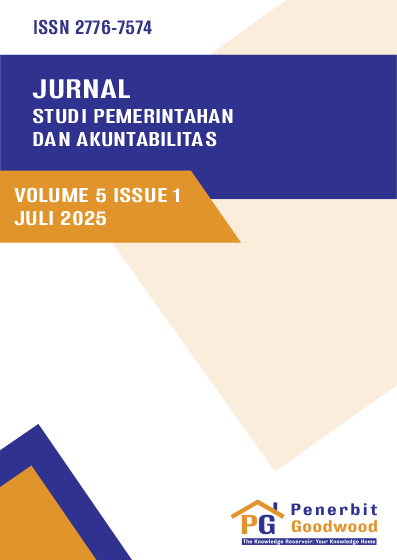Efektivitas Pelaksanaan Mutasi Pegawai Negeri Sipil Di BKPSDM Pemerintah Kota X
Abstract:
Purpose: This study examines the effectiveness of civil servant transfer implementation in the Government of City X, identifies the challenges encountered, and explores the efforts undertaken by the Civil Service Agency (BKPSDM) in City X. The analysis focuses on five key aspects: standard criteria, actual needs, staffing formation, objectives of implementation and accountable objectivity.
Methodology/approach: The research employed A qualitative approach was employed through semi-structured interviews and document reviews. Data were analyzed using an interactive model and validated through source and technique triangulation to ensure credibility.
Results/findings: The results revealed that transfer implementation was not fully effective across the five aspects. Standard criteria are not consistently aligned with regulations, actual needs are not clearly defined, staffing formation often does not correspond with the placement of transferred employees, and objectivity remains largely administrative rather than substantive in nature.
Conclusion: The transfer process in City X’s government still faces significant challenges. Improvements are needed through the systematic dissemination of transfer regulations, comprehensive job and workload analyses, the establishment of clear operating procedures and technical guidelines, and the strengthening of Baperjakat’s role in decision-making.
Limitations: The study is limited to the scope of the Government of City X; therefore, its findings may not be generalized to other regions.
Contribution: This study provides practical recommendations for BKPSDM and other local governments to enhance transfer systems in line with merit-based principles, while also contributing to the broader literature on public sector human resource management.
Downloads

This work is licensed under a Creative Commons Attribution-ShareAlike 4.0 International License.


